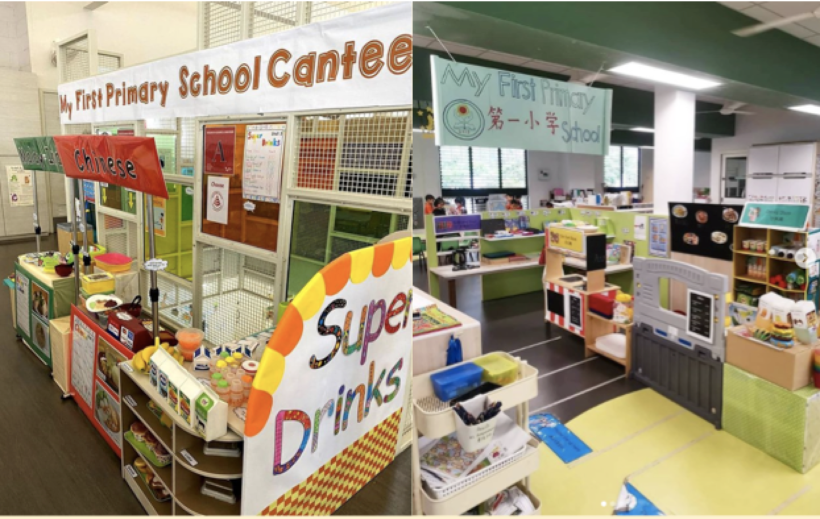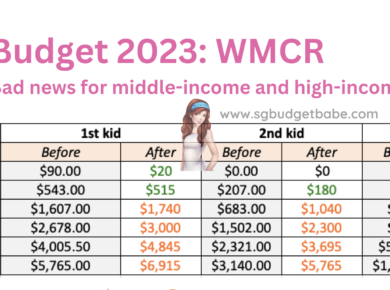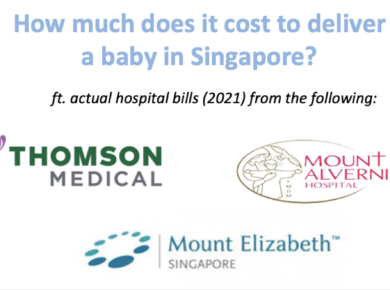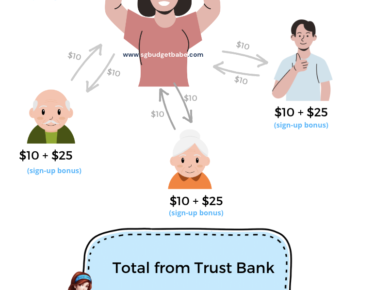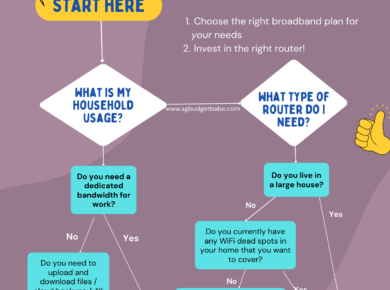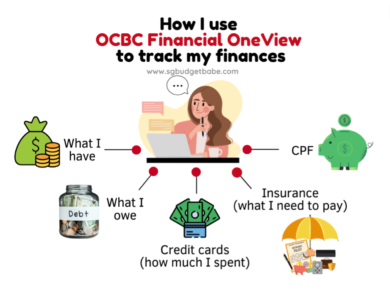Once a child turns 4, parents often start thinking about which kindergarten to send him/her to. While most usually keep their child in their existing preschool centre, a small group of parents have opted to switch to MOE Kindergarten instead, out of fear that they will get allocated to a primary school that they do not wish for, or that their child may not be able to cope with Primary One. But are these fears warranted, and is there really a need to switch? I investigate this further in this article.
There’s no doubt that Primary One registration in Singapore is a stressful affair. Which is why when the government launched MOE Kindergartens (MKs) and added it as an eligibility under Phase 2A(2), it offered a way for many to jump ahead of the “queue” in registering their child for primary school.
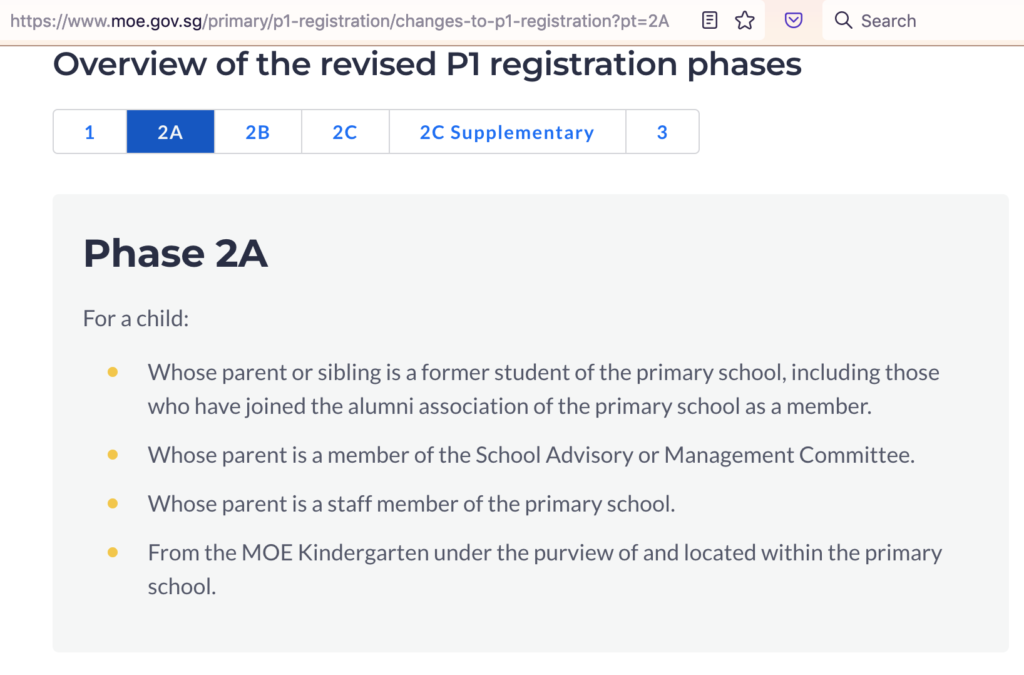
This soon became a strong draw factor, especially for families who would otherwise have to wait for Phase 2B or 2C before they are allocated a slot – but usually by then, competition is intense (e.g. 3X oversubscribed) and often met with disappointment.
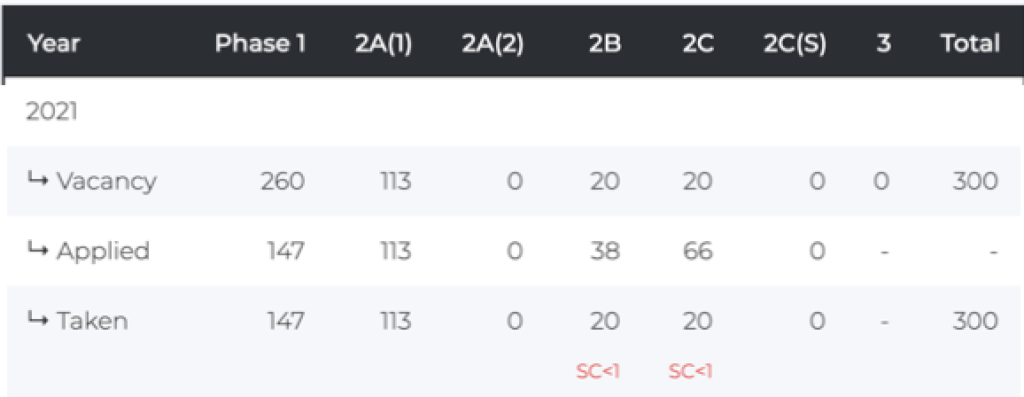
But before you decide on where to send your child to for kindergarten, you should first ask yourself – what are your objectives? Your answer to this should then easily help you narrow down which preschools to start looking at.
To help you along, here’s my list (ranked from most important to the least):
- Fees and affordability
- Distance
- Quality of education
- Better, more atas facilities
- Gain higher priority admission to your desired primary school
For instance, if the fees are your biggest concern, then private operators such as Maplebear / Mindchamps / Brighton Montessori / Etonhouse (4-digits a month) will obviously be out of your budget. But if you care more about the distance – given that you’ll have to ferry your child to and fro every day – then you’ll be limited by the preschools that are near to where you live.
While some parents are willing to pay more for a newer or bigger preschool with more facilities, I feel that it is not necessary as there is no evidence to prove that more luxurious spaces help children to learn better. Moreover, I specifically did not want an air-conditioned preschool because I want my children to understand that aircon is a luxury, rather than a must-have (otherwise, they’re gonna get a rude shock when they reach primary school + climate change).
In our case, we cared most about:
- affordable fees (our budget is <$800 after working mother subsidy, since we have 2 kids),
- distance (max. 15 minutes walk from home), and
- quality of education (preferably learning-by-play, exposure to Chinese, multi-racial environment, caring teachers and our child must thrive and develop well). This was why we settled on My First Skool after visiting 8 different preschools – see our detailed post here to understand why we felt My First Skool would be best for our child.
Fast forward to today and Nate will be K1 next year, which means we’ve to decide on whether to keep him in his current preschool, or switch him out to a MOE kindergarten next year (like what some parents choose to do).
But in fact, we didn’t even consider the latter, until I saw some mummies online mention that MOE kindergartens can “better” prepare the children for Primary 1. Was this really true? Thus, I set out to investigate and also checked with other mummies (with kids who had changed from their original preschool to MK) on how their experience was like.
Here are my findings:
Why do some parents switch to MOE Kindergarten?
The most cited reasons by parents were that they wanted their child to get priority admission during Primary 1 registration (Phase 2A) and be better prepared for Primary 1.
Of course, there are other advantages to attending MOE Kindergarten:
- Bilingualism – English and mother tongues (i.e. Chinese, Malay and Tamil) are taught at the centres
- Low fees – $150 for its 4-hour programme. Extra fees payable if you require KCare (full-day service i.e. 7am – 7pm), which are also to be paid during the June and December holidays (max $415 per month for 2022/2023 before subsidy)
- Earlier exposure to primary school environment – MKs are located within primary schools
Do note that MKs follow MOE’s calendar of school terms and school holidays i.e. it doesn’t operate during the March, June, September and December holidays. So if you do not opt for KCare, you will need to think of how to engage your child during these long breaks.
Is MOE Kindergarten academically stronger?
This is where consensus differ. Of course, while MOE Kindergarten benefits from having a curriculum designed by MOE, it is based on the same Nurturing Early Learners Framework that other kindergarten programmes in Singapore are guided by.
I searched for online reviews, and based on what some other mummies have shared, it doesn’t seem to be the case that MOE Kindergarten is necessarily superior to other existing programmes.
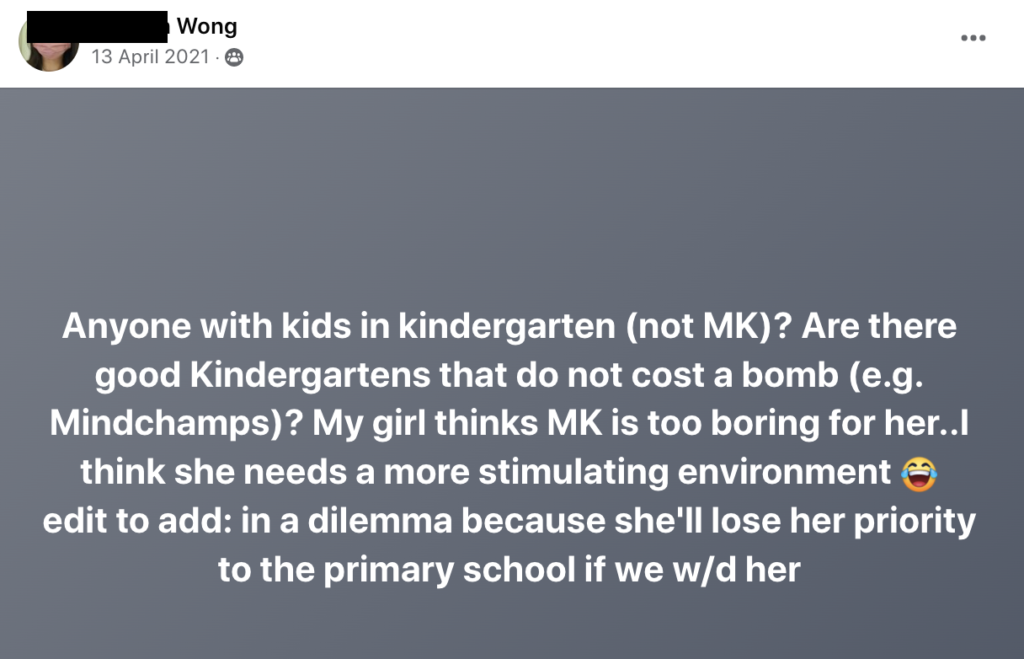

Moreover, as a firm believer that parents play an equal (if not more important role) in a child’s learning and development, I spend anywhere between 5 – 10 hours per week teaching him through books, worksheets and other activities. Given that Nate is now 3+ years old, and can already count from 1 to 100, do simple addition and subtraction (less than 10), as well as read and spell several words…I’m not fully convinced that a MOE kindergarten will necessarily train Nate to become academically stronger at this juncture.
While I like that the MOE syllabus focuses on learning activities through play and exposes the children to bilingualism, Nate is presently already getting the same from his teachers at My First Skool. What’s more, both programmes are also under the same Nurturing Early Learners framework set out by MOE.
Which is why I hope the above helps to clear up the misconception that MKs are stronger academically than private preschools, because this may or may not be the case. If your child is already enrolled in an existing preschool for nursery, then you may want to speak with the school and judge their “syllabus” for yourself before jumping to any hasty conclusions based on hearsay.
Will your child miss out if he/she doesn’t attend a MK? Again, I doubt so, but here’s what another mummy has to say:
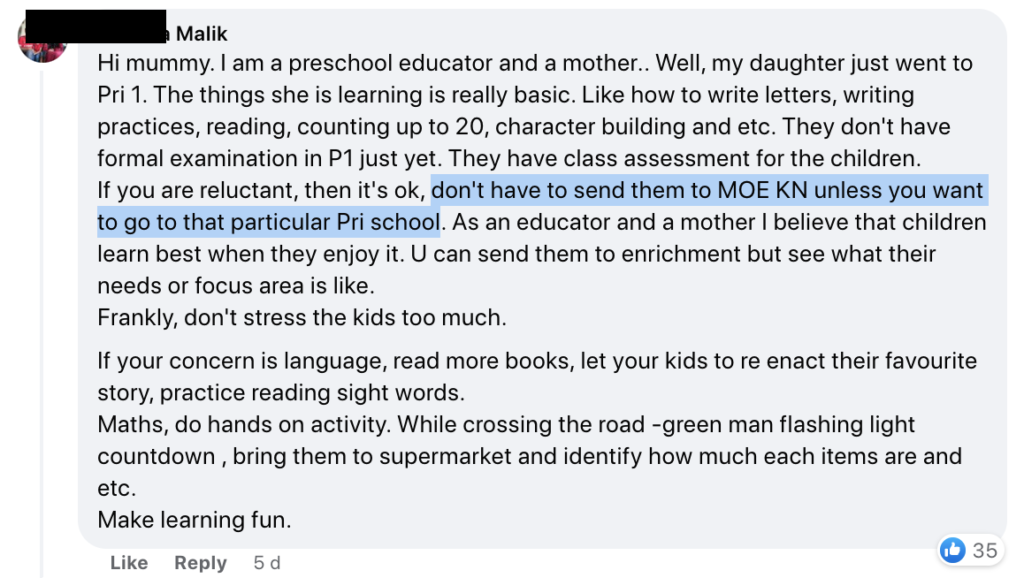
Why We Chose My First Skool over MOE Kindergarten
Your decision-making inputs may vary, but will likely follow the same thought process as ours. In our case, there are 3 primary schools within 1km of our house:
| School | School A | School B | School C |
| Ranking* | Top 50 | #80+ | #120+ |
| Our eligibility | Phase 2A (I’m a former pupil) | Phase 2C | Phase 2C |
Given our circumstances, it is quite likely that Nate will be allocated to School A, especially as its balloting history shows that all Singapore Citizens who applied during Phase 2A(2) in the previous years successfully secured a spot. On the other hand, the 2 MOE Kindergartens are in School B and C, which were all undersubscribed throughout all 7 phases in previous years and had never been fully filled in the decade anyway (25% to 41% leftover spots).
Since MK’s priority admission doesn’t make a difference (in our case) either way, the next consideration were the fees and syllabus.
But while the low fees were definitely enticing, it comes with several trade-offs:
- There will be no MK lessons during the school holidays. But if you signed your child up for KCare as well, they will be in KCare throughout the holidays.
- Nate is already familiar with his current preschool, and has been thriving there. He loves his classmates, so taking him out might actually be more cruel.
- His teachers have taught him for almost 2 years, so they already know what he is good at, what he needs to improve on, etc.
- MK’s hours are too early for us (8am if you’re allocated to the morning session). We currently send Nate to school at 9am.
Considering how much Nate enjoys attending his current preschool, it might actually be the crueller option to take him out.
If you’re wondering why we chose My First Skool for his nursery years, check out my previous blog article here where I detailed my findings after visiting 10 preschools.
Will My First Skool prepare my child for Primary One?
If you’re worried as to whether My First Skool will prepare your child well enough for Primary School, try not to let your fears get ahead of you. Remember that MKs were only launched in 2014, whereas in the last 40+ years of My First Skool’s operating history, numerous batches of children have “graduated” and adjusted just fine in primary school.
We must also not forget that preparing our child for primary school goes beyond just academics – there’s also the social and emotional development to consider, as eloquently articulated by this mother’s response to another mummy asking if she should switch her child to a MK:
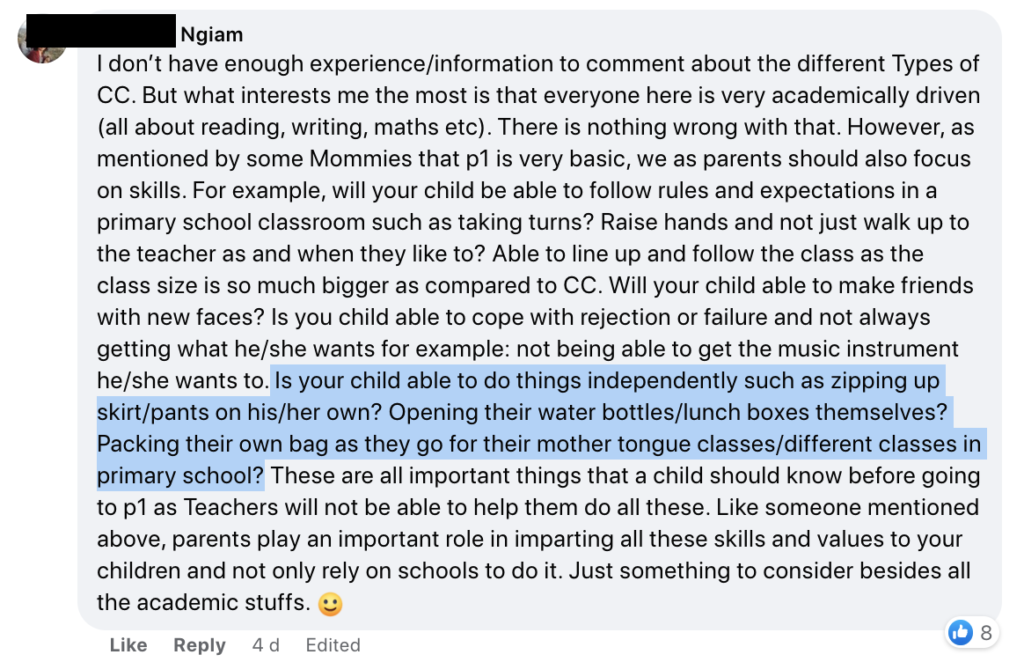
Disclosure: In the midst of writing this article, I checked in with My First Skool to find out more about how they prepare children for primary school. This portion below is therefore sponsored by them.
My First Skool (MFS) empowers children to learn through facilitated play experiences to aid a child’s learning and holistic development. This is done via their pedagogical approach called PETAL – Playing, Exploring, Thinking, and Applying Learning.
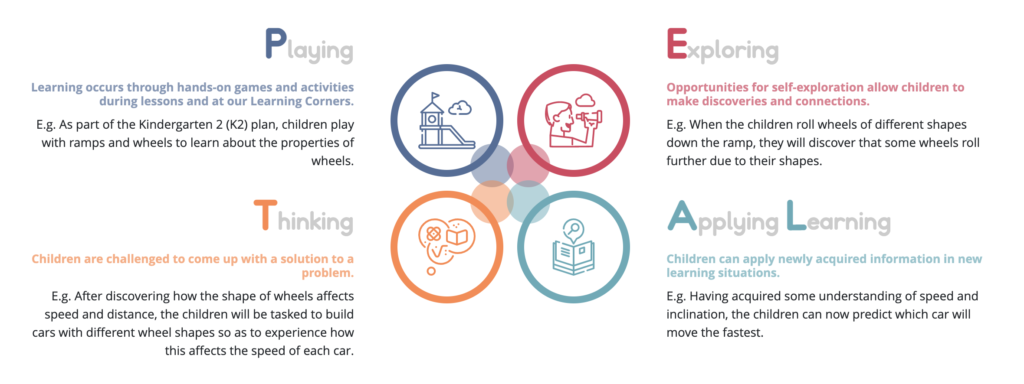
My First Skool also creates purposeful play activities according to the 6 learning domains set out in MOE’s Nurturing Early Learners Framework. Here’s a summary of what I’ve seen Nate’s teachers do with him in class so far:
- Language & Literacy – show and tell sessions, writing practices, grammar and punctuation, age-appropriate reading
- Numeracy – match, sort and compare, time, order and sequence, counting money, apply addition and subtraction
- Discovery of the World – field trips, outdoor play, environmental awareness, (simple) scientific experiments, observation and presentation of findings
- Motor Skills Development – getting dressed independently, self-feeding with utensils, self-grooming, toileting, basic school tasks e.g. clearing tables and watering plants
- Aesthetics & Creative Expression – music and dance, daily singing and rhymes, 2D/3D art creation
- Social & Emotional Development – small group projects, respect and empathy for others, recognise situations where they need to seek help from a trusted adult (e.g. bullying), decision-making and consequences
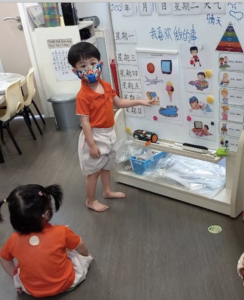
To prepare children further for their transition to primary school, My First Skool also simulates the environment by transforming a learning corner into a primary school setting e.g. a canteen or bookshop.
K2 students also get to visit a primary school (in person, although this pandemic has warranted a shift to virtual visits for the time being), which is then followed up by various sharing sessions by their teachers on what they can expect in the following year, such as what subjects they will learn and who are the people they can seek help from in school. During these conversations, teachers will also hold discussions and encourage the children to share their feelings about the upcoming change, as well as teach strategies on what to do if they encounter bullying.
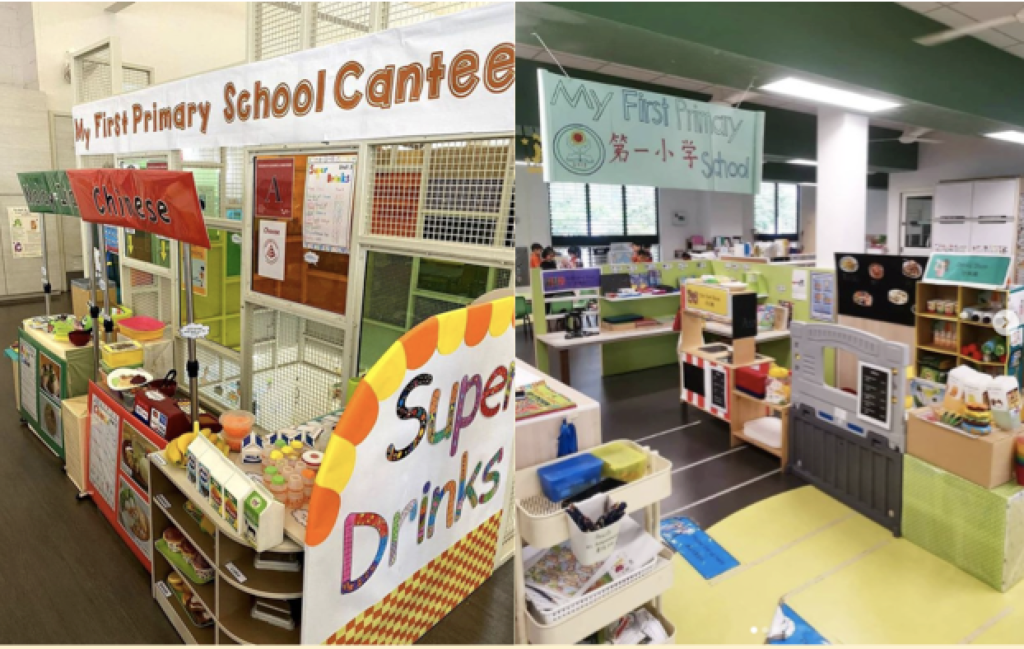
Nate has been attending My First Skool for almost 2 years now, and both my husband and I have observed great improvements in his social skills, manners, life skills, etc. For instance, I wasn’t having much luck getting him to wear his own shoes and keep his toys after use, but because his teachers at My First Skool kept emphasizing it as well, one day he “magically” started cooperating with us! He has also grown more independent, and is able to now wash his own hands, bring his bowl to the kitchen after finishing his meal, pack his own bag, etc. Nate’s case isn’t an isolated one – many of our friends who sent their children to MFS have reported the same.
I’ve to say My First Skool has truly done a great job in this aspect, and I’m truly thankful to his teachers for helping him progress so quickly in the last few years.
Which is why we decided there’s no need to switch Nate out to a MOE Kindergarten. I’m confident that My First Skool was, and will continue to be, the best place for him.
Keen to enrol your child in an established and affordable preschool (like we did)? Click here to register for My First Skool today!
